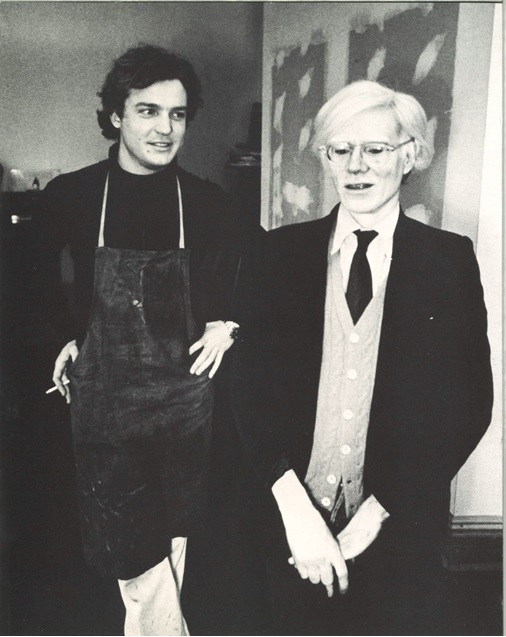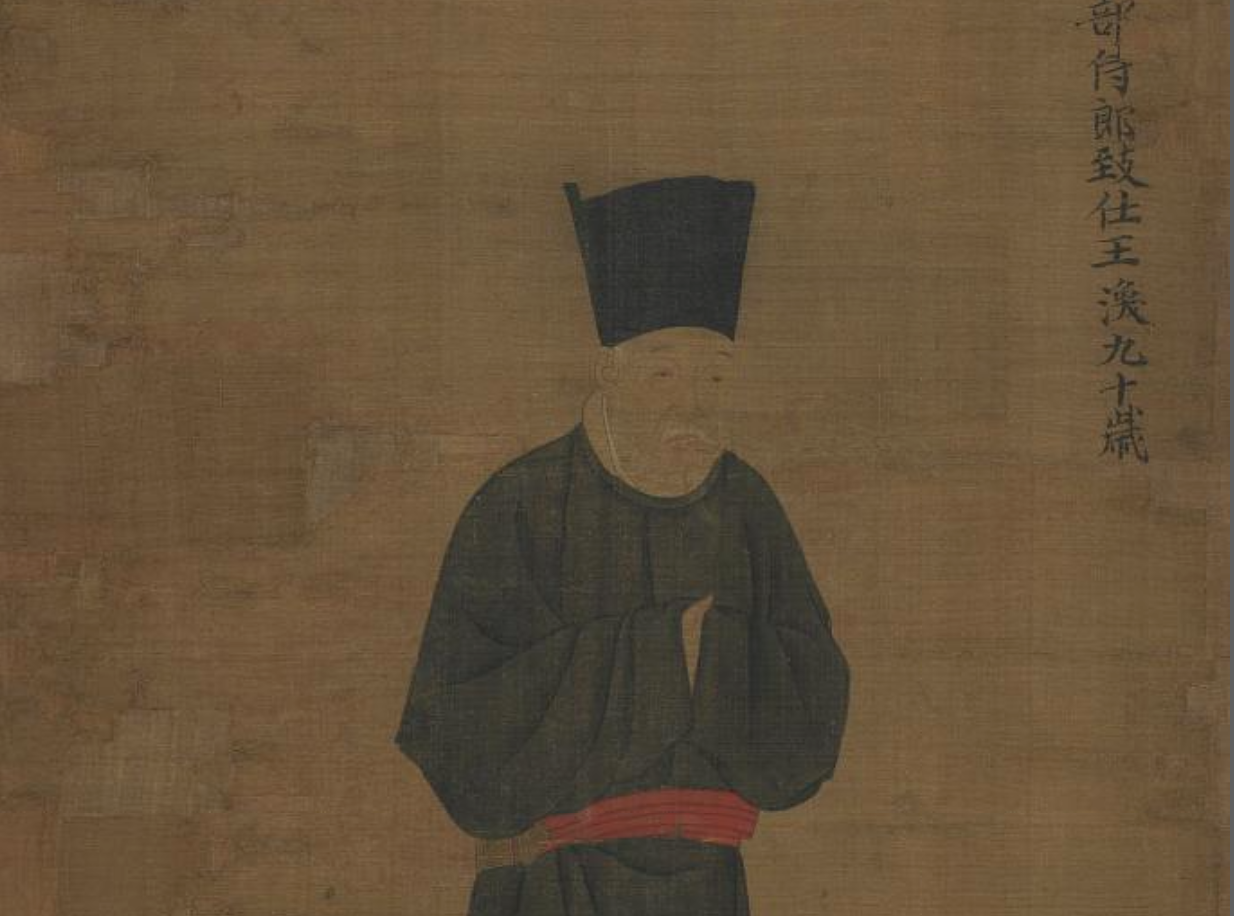The summer of 2020, as part of a Smithsonian Libraries’ Wikidata Pilot Project and in response to the Covid-19 pandemic, the Freer Gallery of Art and Arthur M. Sackler Gallery more »
Tag: portraits
“George Sarton, a founder of the history of science as an academic discipline, argued that scholars should pay close attention to portraits. These images, he said, can give you ‘the whole man at once.’ With a ‘great portrait,’ Sarton believed, ‘you are given immediately some fundamental knowledge of him, which even the longest descriptions and discussions would fail to evoke.’ Sarton’s ideas led Bern Dibner to purchase portrait prints of men and women of science and technology. Many of these are now in the Smithsonian’s Dibner Library of the History of Science and Technology.” – Deborah Jean Warner, Curator, Physical Sciences Collection
A picture may tell 1000 words, but another 500 for context can add depth to the image. Follow this blog series to discover the people behind the portraits available online in the Scientific Identity collection.
“George Sarton, a founder of the history of science as an academic discipline, argued that scholars should pay close attention to portraits. These images, he said, can give you ‘the whole man at once.’ With a ‘great portrait,’ Sarton believed, ‘you are given immediately some fundamental knowledge of him, which even the longest descriptions and discussions would fail to evoke.’ Sarton’s ideas led Bern Dibner to purchase portrait prints of men and women of science and technology. Many of these are now in the Smithsonian’s Dibner Library of the History of Science and Technology.” – Deborah Jean Warner, Curator, Physical Sciences Collection
A picture may tell 1000 words, but another 500 for context can add depth to the image. Although this particular portrait is not held in the Dibner Library, this fascinating woman of science is well-worth exploring through her visual depiction. Follow this blog series to discover the people behind the portraits.
This post was written by Michelle Farias, intern in the Dibner Library of the History of Science and Technology. For more in this series, see previous posts about Edward Jenner more »
“George Sarton, a founder of the history of science as an academic discipline, argued that scholars should pay close attention to portraits. These images, he said, can give you ‘the whole man at once.’ With a ‘great portrait,’ Sarton believed, ‘you are given immediately some fundamental knowledge of him, which even the longest descriptions and discussions would fail to evoke.’ Sarton’s ideas led Bern Dibner to purchase portrait prints of men and women of science and technology. Many of these are now in the Smithsonian’s Dibner Library of the History of Science and Technology.”
– Deborah Jean Warner, Curator, Physical Sciences Collection
George Sarton, a founder of the history of science as an academic discipline, argued that scholars should pay close attention to portraits. These images, he said, can give you ‘the more »
This post was written by Sofia Silva, Katzenberger Intern at the Hirshhorn Museum and Sculpture Garden Library and American Art & Portrait Gallery Library as part of a series exploring the Art & Artists Files at the Smithsonian Libraries.

Though contemporaries, the artists James Browning Wyeth and Andy Warhol could not be more diametrically opposed. James, more commonly known as Jamie, is a third-generation member of the famed Wyeth family, who are celebrated as central figures in the revival of realism in American art (his father is Andrew Wyeth, painter of the American classic Christina’s World and his grandfather, N.C. Wyeth is acclaimed painter of vast landscapes and epic narratives of early Americana). Jamie continued this family tradition as a portraitist and landscape painter, whose naturalistic approach to painting produced highly detailed and visually complex work that captured life in rural Maine, Delaware and Pennsylvania.



